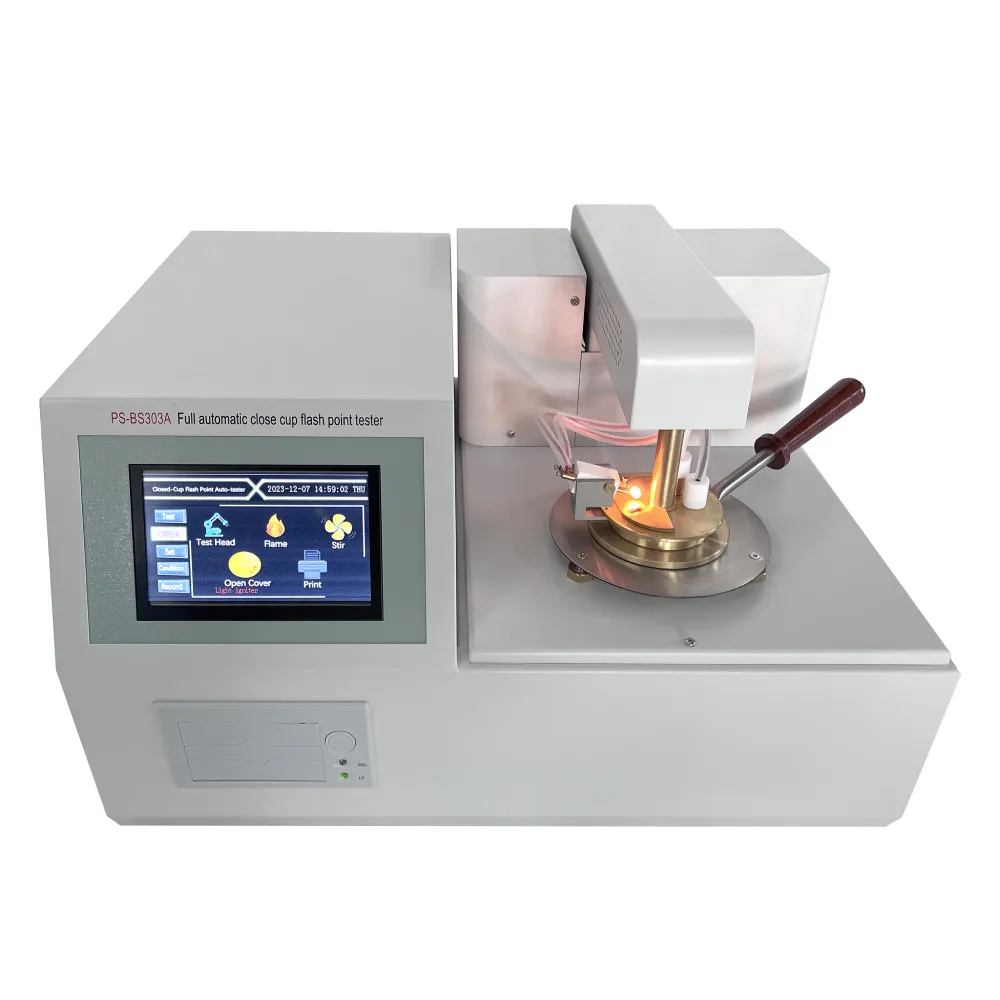 English
English


Understanding the Importance of Analyzing Marine Engine Oil for Optimal Performance and Maintenance
Marine Engine Oil Analysis An Essential Tool for Maintenance and Performance
Marine engines play a crucial role in the maritime industry, powering everything from cargo ships to fishing vessels. Maintaining optimal performance in these engines is not just a matter of regular servicing; it requires a detailed understanding of the engine oil's condition. Marine engine oil analysis is a vital practice that helps diagnose potential problems, extend engine life, and improve overall efficiency.
Understanding Marine Engine Oil
Marine engine oil serves multiple functions. It lubricates moving parts, reduces friction, and helps dissipate heat generated during engine operation. Furthermore, oil assists in the cleaning of internal components by suspending contaminants and providing a barrier against corrosion. Given these critical roles, the quality and condition of the oil directly impact the engine's performance and longevity.
Importance of Oil Analysis
Oil analysis involves testing the physical and chemical properties of oil samples collected from marine engines. This practice is essential for several reasons
1. Early Detection of Problems By analyzing oil samples, technicians can detect abnormal wear particles, which may indicate underlying issues such as poor lubrication, misalignment, or other mechanical failures. Early detection allows for timely intervention, which can save significant repair costs and prevent catastrophic engine failures.
2. Monitoring Oil Condition Regular oil analysis helps monitor the oil's condition, identifying changes in viscosity, acidity, and contamination levels. Such changes can signal when oil needs to be replaced or if the engine requires maintenance.
3. Extending Oil Life Analysis can reveal whether oil is still effective in performing its functions or if it has deteriorated. This knowledge allows operators to extend oil change intervals, thereby reducing operational costs and minimizing environmental impact.
marine engine oil analysis

4. Optimizing Performance Understanding oil properties enables operators to select the best oil formulation for their specific engine type and operational conditions. Tailored oil selection can lead to enhanced performance, better fuel efficiency, and lower emissions.
The Oil Analysis Process
The oil analysis process typically involves several key steps
1. Sample Collection Proper sampling procedures are crucial to avoid contamination. Technicians must use clean containers and follow guidelines on where and when to collect samples.
2. Laboratory Testing Samples are sent to a specialized laboratory, where they undergo various tests. Analysts assess the oil’s viscosity, total acid number (TAN), presence of wear metals, water content, and soot levels, among other factors.
3. Data Interpretation Experienced analysts interpret the data, comparing results against historical data and industry benchmarks. They look for trends and anomalies that may indicate potential issues.
4. Reporting and Recommendations A comprehensive report is provided, detailing findings and offering recommendations, whether it’s for immediate corrective actions or routine maintenance adjustments.
Conclusion
In the maritime industry, the importance of marine engine oil analysis cannot be overstated. As vessels face ever-increasing operational demands and regulatory pressures for sustainability, maintaining engine health through diligent oil analysis is a proactive strategy. By utilizing oil analysis regularly, ship operators can ensure their engines operate efficiently and reliably, ultimately enhancing safety, reducing costs, and protecting the marine environment. Embracing this analytical approach is not merely an option; it is a necessity in modern marine maintenance practices.
-
Differences between open cup flash point tester and closed cup flash point testerNewsOct.31,2024
-
The Reliable Load Tap ChangerNewsOct.23,2024
-
The Essential Guide to Hipot TestersNewsOct.23,2024
-
The Digital Insulation TesterNewsOct.23,2024
-
The Best Earth Loop Impedance Tester for SaleNewsOct.23,2024
-
Tan Delta Tester--The Essential Tool for Electrical Insulation TestingNewsOct.23,2024





